Learning Styles and Student Collaboration: Making It Work
15 January 2025
Education is far from a one-size-fits-all approach, right? We all know that students learn in different ways. Whether they're visual learners, auditory learners, or kinesthetic learners, every student has their unique style of absorbing information. But when you throw collaboration into the mix, things get even more interesting—and sometimes a bit tricky. How do we make student collaboration work when everyone has their own learning style? Well, that's exactly what we're going to explore in this article.
In this post, we'll dive deep into different learning styles, how they impact student collaboration, and practical ways to ensure that diverse learners can thrive when working together. Ready to make collaboration work like a charm? Let’s get into it!
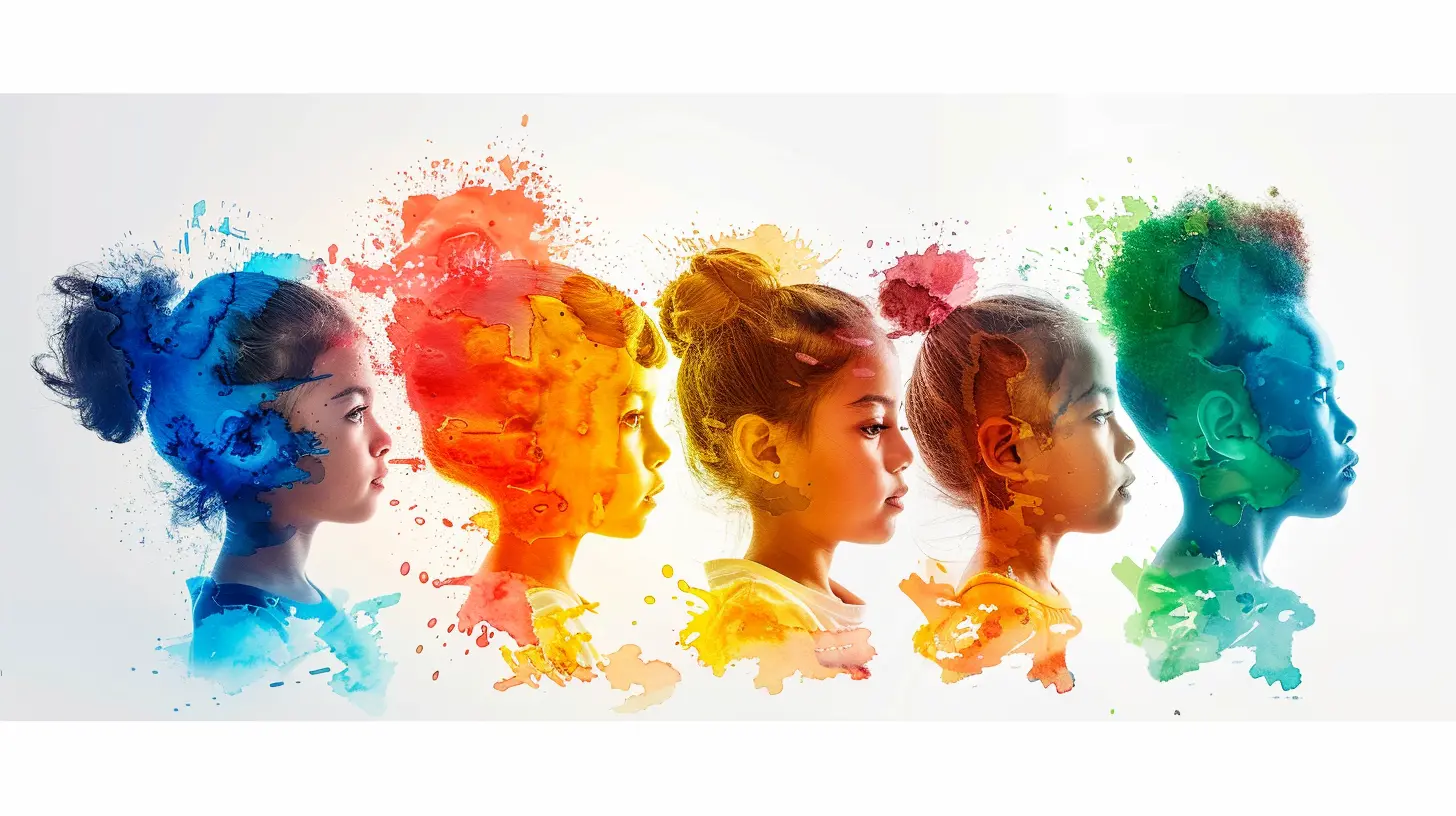
What Are Learning Styles?
First things first—what exactly are learning styles? Learning styles refer to the preferred way in which individuals process information. Think of it as the brain’s "favorite way" to take in, organize, and store data. While every student can learn in various ways, they often have one dominant style that works best for them.Here are the most common learning styles:
1. Visual Learners
Visual learners absorb information best when they can see it. Diagrams, charts, graphs, and mind maps are like candy to them. They prefer reading instructions over listening to them and often benefit from color-coded notes and visual aids.2. Auditory Learners
Auditory learners, on the other hand, learn best by hearing information. They thrive in lecture-based settings where they can listen to explanations. These students often enjoy discussions, podcasts, and even reading aloud to better grasp concepts.3. Kinesthetic Learners
Kinesthetic learners are all about doing. They understand concepts more effectively when they can engage in hands-on activities. For them, learning is a full-body experience—they need to move, experiment, and physically engage with the material.4. Reading/Writing Learners
These students excel through traditional reading and writing methods. They love taking detailed notes and prefer textbooks, articles, and written instructions. They often enjoy writing essays, summaries, and reports because it helps them internalize the material.It’s crucial to understand that while many students might have a dominant learning style, they usually benefit from a blend of methods. But here's the rub: When you put students with different learning preferences into a group, how do you make collaboration effective?
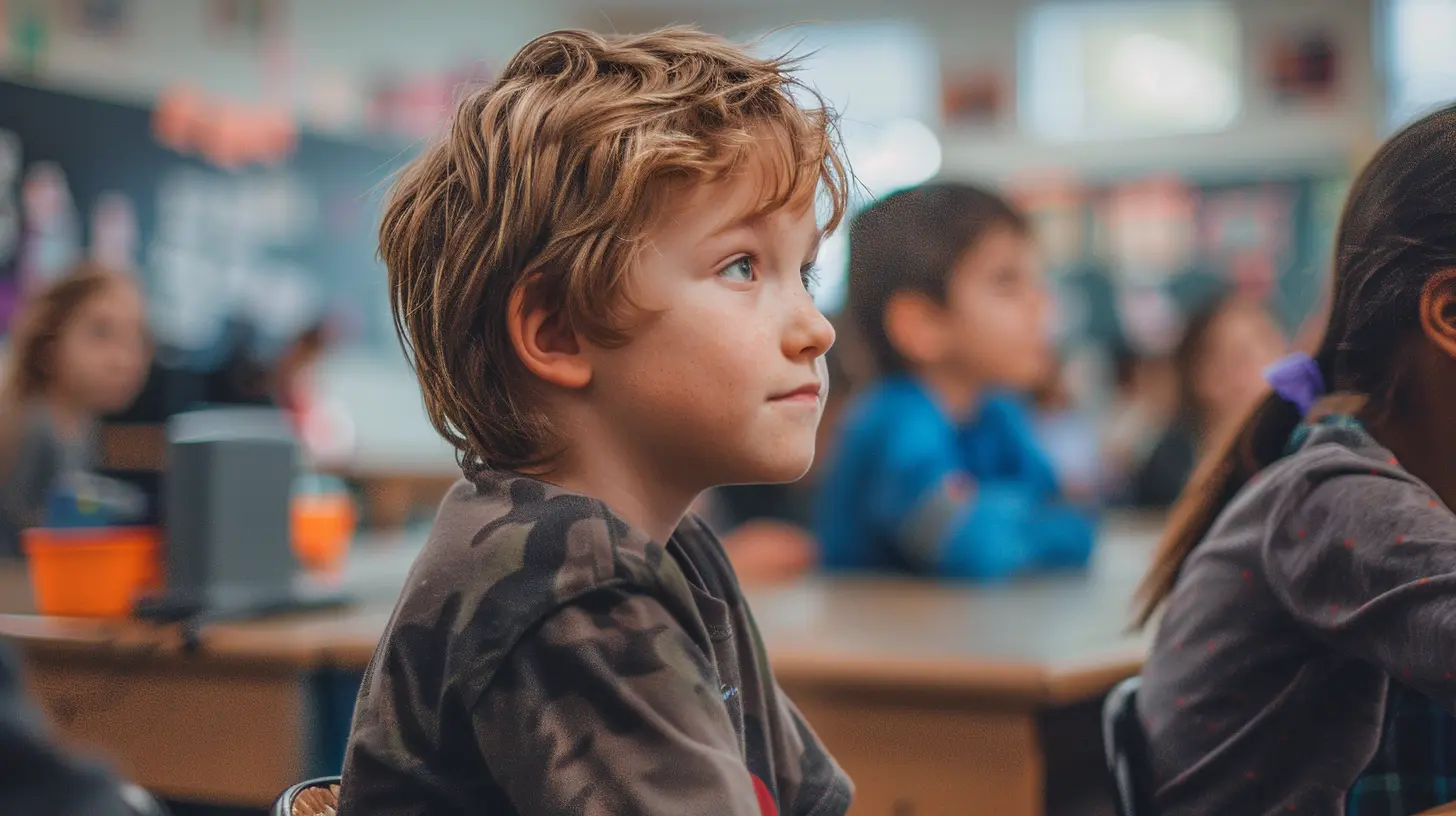
The Challenges of Student Collaboration with Different Learning Styles
If you're a teacher—or even a student—you've probably seen firsthand how group work can sometimes feel a bit like herding cats. Some students dive headfirst into the task, while others hang back, trying to figure out how to contribute. This often happens because students approach the project with different learning styles.Here are some common challenges:
1. Mismatch in Communication Styles
Visual learners might want to sketch out ideas on a whiteboard, while auditory learners prefer to discuss everything. Kinesthetic learners might get frustrated if they feel like the group is just talking and not doing anything. And reading/writing learners may want to dive into research and written work without much verbal discussion.2. Different Paces of Learning
Some students process information quickly, while others need more time to digest it. This can create tension in a group, especially if certain members feel left behind or if others think the group is moving too slowly.3. Unequal Participation
Let’s be honest—group work doesn't always distribute the workload evenly. Certain students might take charge, while others contribute less, either because they don’t know how to engage or because their learning style doesn’t fit with the group’s approach.4. Conflicting Approaches to Problem-Solving
When students rely on different learning styles, they often approach problems in contrasting ways. Visual learners might want to plan everything out first, while kinesthetic learners might want to jump in and start experimenting. This can lead to frustration if the group doesn’t find a way to balance these approaches.So how do we manage these challenges and ensure that collaboration actually works? The key lies in understanding and accommodating different learning styles while fostering a sense of unity and shared responsibility.
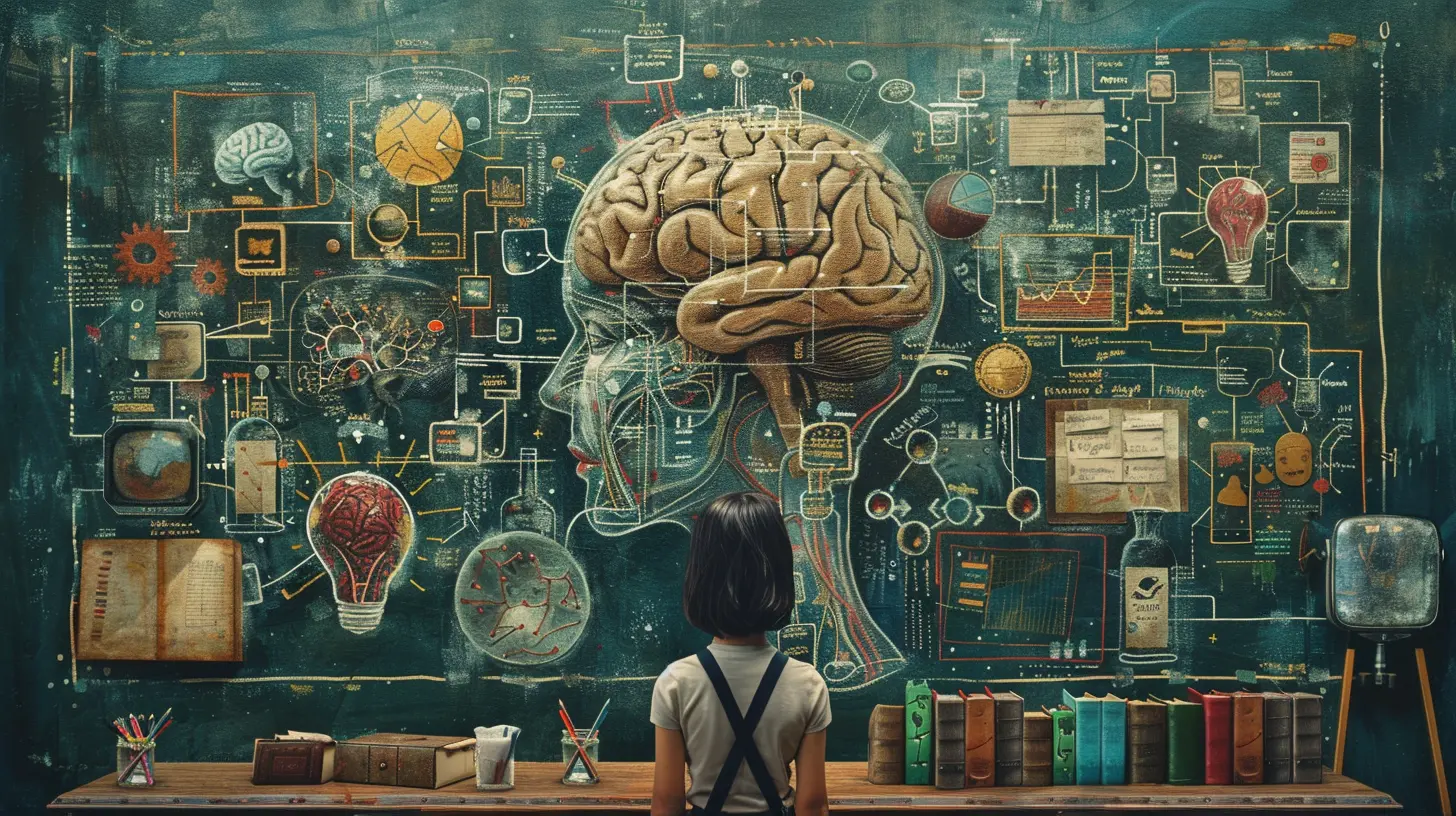
Making Student Collaboration Work: Practical Strategies
Let’s break down some actionable tips for making student collaboration effective, no matter how diverse the learning styles in the group might be.1. Use a Multi-Modal Approach
The best way to accommodate different learning styles is to use a variety of methods. When assigning group tasks, provide opportunities for students to engage with the material in multiple ways. For example, you can have students discuss (auditory), create diagrams (visual), conduct experiments (kinesthetic), and write summaries (reading/writing). By incorporating different modes of learning, you ensure that every student has a chance to shine.2. Encourage Role Specialization
One of the great things about group work is that it allows students to play to their strengths. Encourage students to take on roles within the group that align with their learning style. For instance, visual learners might be in charge of design or presentation materials, while auditory learners could lead discussions. Kinesthetic learners might handle the hands-on aspects of the project, and reading/writing learners could take responsibility for research and documentation.By allowing students to specialize, you’re not only catering to their learning preferences but also ensuring that everyone contributes in a meaningful way.
3. Promote Open Communication
It’s essential that students understand each other’s learning preferences from the start. Encourage open conversations about how each group member learns best. This can prevent misunderstandings later on. For example, if a visual learner is frustrated because the group isn't using enough diagrams, they can voice this early, and the group can adjust its approach.You might even have students complete a brief learning style assessment at the beginning of the project, so they can better understand themselves and each other.
4. Set Clear Expectations and Milestones
One of the biggest sources of frustration in group work is the feeling that some members aren't pulling their weight. To avoid this, set clear expectations and create a timeline with milestones. Assign specific tasks to each group member, making sure that these tasks align with their strengths. This way, everyone knows what they’re responsible for, and there’s less room for frustration.5. Balance Problem-Solving Approaches
Different learning styles often lead to different problem-solving strategies. Visual learners might want to map everything out before making a decision, while kinesthetic learners might want to dive in and experiment. Try to strike a balance between these approaches. For example, you could start by brainstorming ideas visually, then allow kinesthetic learners to test out some of those ideas in practice.6. Foster a Growth Mindset
It’s crucial for students to realize that collaboration isn't just about completing a task—it's about learning how to work with others. Encourage a growth mindset by reminding students that they can learn from each other’s strengths. For instance, a kinesthetic learner might improve their ability to visualize concepts by working with a visual learner, while a reading/writing learner might become more comfortable with hands-on tasks by collaborating with a kinesthetic peer.7. Use Technology to Bridge Gaps
In today’s digital age, technology can be a powerful tool for facilitating collaboration. Tools like Google Docs allow reading/writing learners to contribute their notes in real-time, while platforms like Zoom or Microsoft Teams can support auditory learners who thrive in discussion-based formats. Visual learners can use tools like Canva or Lucidchart to create diagrams and infographics, and kinesthetic learners can benefit from project-based apps that allow for interactive learning.8. Reflect and Review
At the end of the project, make time for group reflection. Have students discuss what worked and what didn’t. This reflection process helps students become more self-aware and improves their ability to collaborate in the future. Plus, it gives them a chance to celebrate their successes and learn from any challenges they faced.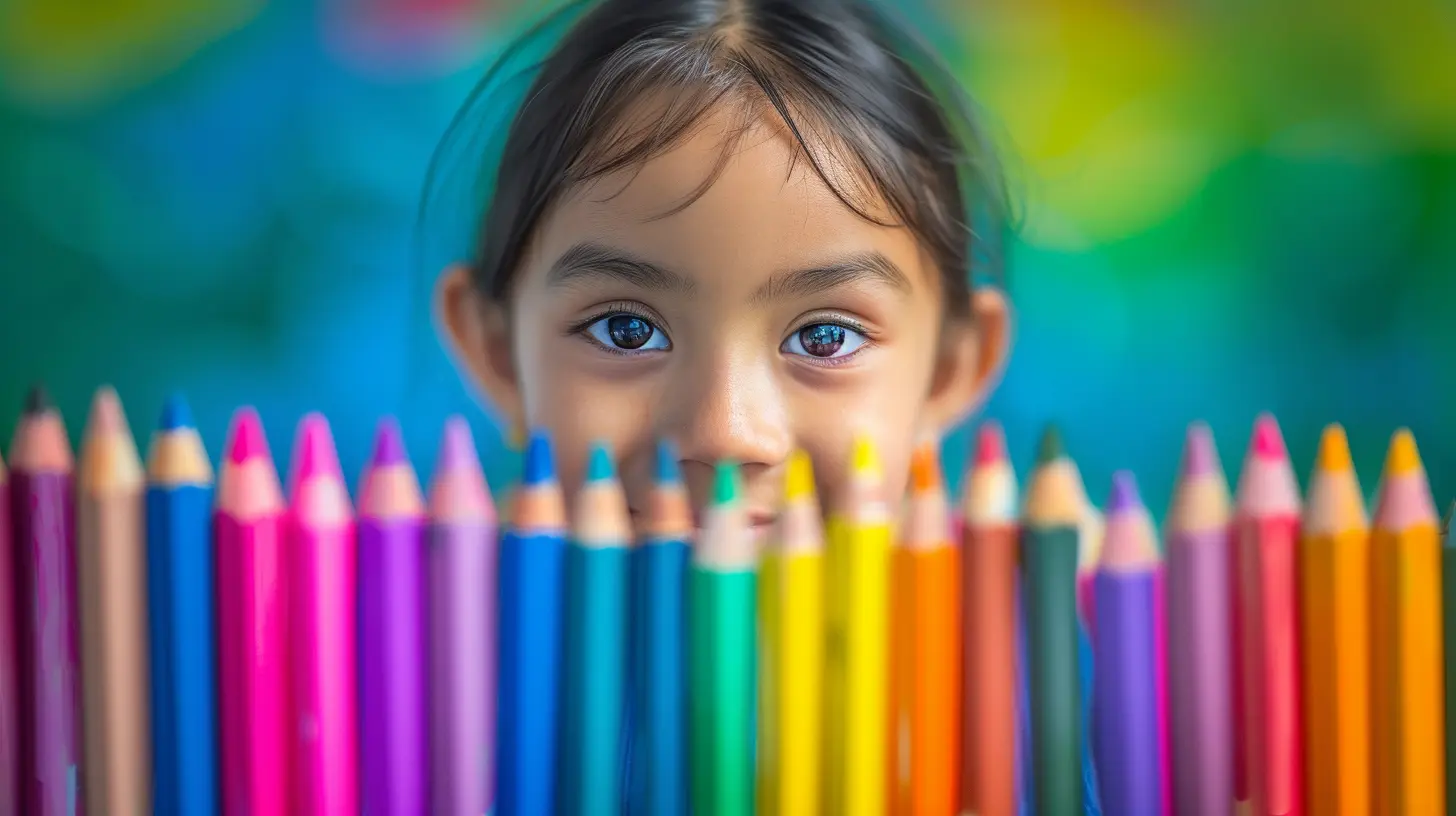
Why Embracing Learning Styles Leads to Better Collaboration
When we embrace the fact that students learn in different ways, we open the door to richer, more meaningful collaboration. Instead of trying to force everyone into the same mold, we can celebrate each student's unique strengths and use those strengths to create a more dynamic, inclusive learning environment.By acknowledging and accommodating different learning styles, we’re not only making collaboration more effective—we’re also teaching students valuable lessons about empathy, communication, and teamwork. And let’s be real: Isn’t that what group work is all about?
Final Thoughts
Student collaboration doesn’t have to be a headache. With a little planning and a lot of understanding, you can create a learning environment where every student—whether they’re visual, auditory, kinesthetic, or reading/writing learners—can contribute and thrive. By using a multi-modal approach, encouraging role specialization, and fostering open communication, you can ensure that collaboration becomes a powerful tool for learning, rather than a source of frustration.So, the next time you’re assigning group work, keep these strategies in mind. You'll be amazed at how effective collaboration can be when you take learning styles into account.
all images in this post were generated using AI tools
Category:
Learning StylesAuthor:

Olivia Lewis
Discussion
rate this article
18 comments
Thornefield McIlroy
Understanding learning styles transforms collaboration, fostering deeper connections and empowering student growth.
April 2, 2025 at 3:46 AM

Olivia Lewis
Thank you! Understanding learning styles indeed enhances collaboration and fosters meaningful connections, which are vital for empowering student growth.
Dulce Yates
Thank you for this insightful article! I appreciate the emphasis on understanding diverse learning styles and fostering collaboration among students. By recognizing individual differences, we can create more inclusive learning environments that enhance engagement and promote effective teamwork. I look forward to applying these strategies in my own practice!
February 24, 2025 at 4:42 AM

Olivia Lewis
Thank you for your kind words! I'm glad you found the article insightful and that you plan to apply these strategies. Your commitment to inclusivity will make a difference!
Cambria Newman
This article offers valuable insights into the intersection of learning styles and collaboration. Understanding diverse approaches fosters a more inclusive educational environment. I'm particularly intrigued by the practical strategies suggested for enhancing student interaction. Thank you for sharing these thoughtful perspectives!
February 19, 2025 at 4:00 AM

Olivia Lewis
Thank you for your thoughtful comment! I'm glad you found the insights and strategies helpful for fostering inclusivity in education. Your engagement is much appreciated!
Camden Sawyer
In the labyrinth of learning, styles weave intricate paths. But what if collaboration is the key to unlocking hidden potential? As we explore the interplay of diverse minds, one question lingers: can the right synergy transform education into an enigmatic journey of discovery, or will it remain a puzzle unsolved?
February 5, 2025 at 4:58 AM

Olivia Lewis
Collaboration indeed holds the power to enhance learning by blending diverse perspectives, fostering creativity, and unlocking untapped potential. Together, we can transform education into a dynamic journey of discovery.
Jacob Pacheco
Embracing diverse learning styles empowers collaboration! Together, we can create vibrant, inclusive classrooms where every student thrives through shared knowledge and unique perspectives!
January 31, 2025 at 11:40 AM

Olivia Lewis
Absolutely! Embracing diverse learning styles not only enhances collaboration but also fosters an inclusive environment where all students can thrive and contribute their unique perspectives.
Trixie Phillips
In the dance of minds, diverse and bright, Learning styles weave a tapestry of light. Collaboration blooms, each voice a song, Together, we flourish, where all belong.
January 24, 2025 at 9:20 PM

Olivia Lewis
Thank you for beautifully capturing the essence of our article! Embracing diverse learning styles truly enhances collaboration and fosters an inclusive environment for all students.
Blake Hodge
Understanding diverse learning styles enhances student collaboration, fostering a richer educational experience. Embracing these differences can empower collective growth and creativity in the learning process.
January 24, 2025 at 5:30 AM

Olivia Lewis
Absolutely! Embracing diverse learning styles not only enriches collaboration but also ignites creativity and fosters a supportive environment for collective growth.
Octavia Cantu
This article beautifully highlights the importance of recognizing diverse learning styles in fostering effective student collaboration. Embracing these differences not only enhances understanding but also creates a more inclusive and supportive learning environment for everyone involved.
January 23, 2025 at 9:10 PM

Olivia Lewis
Thank you for your thoughtful comment! I'm glad the article resonated with you and emphasized the value of diverse learning styles in promoting collaboration and inclusivity.
Veda Reed
Collaboration thrives when diverse learning styles are embraced and respected.
January 23, 2025 at 12:29 PM

Olivia Lewis
Absolutely! Embracing diverse learning styles enhances collaboration by fostering an inclusive environment where all voices are valued and contribute to richer discussions and solutions.
Faelith Fuller
While the article highlights the importance of recognizing learning styles in student collaboration, it overlooks the complexity of individual differences. Effective collaboration should prioritize adaptive strategies that transcend fixed learning styles, fostering an inclusive environment where diverse perspectives enhance learning outcomes and promote genuine teamwork among students.
January 22, 2025 at 5:56 AM

Olivia Lewis
Thank you for your insightful comment! I agree that recognizing individual differences and fostering adaptive strategies is crucial for effective collaboration, and your points on inclusivity and diverse perspectives are well taken.
Calyx O'Neal
This article effectively highlights the importance of recognizing diverse learning styles in fostering successful student collaboration, ultimately enhancing engagement and academic achievement.
January 20, 2025 at 8:07 PM

Olivia Lewis
Thank you for your insightful comment! I'm glad you found the article's focus on diverse learning styles and collaboration valuable for enhancing student engagement and achievement.
Georgina Bowman
Unlock hidden potential: Collaboration reveals learning's secrets.
January 19, 2025 at 1:53 PM

Olivia Lewis
Absolutely! Collaboration not only enhances learning but also uncovers diverse strengths and preferences, leading to richer educational experiences.
Karly Sheppard
This article beautifully highlights the importance of recognizing diverse learning styles in fostering effective student collaboration. By embracing these differences, we empower every learner to thrive. Your insights inspire educators to create inclusive environments where all voices are heard, ensuring that each student feels valued and supported. Thank you for sharing!
January 19, 2025 at 3:45 AM

Olivia Lewis
Thank you for your kind words! I'm glad you found the insights valuable in promoting inclusive learning environments.
Josephine Cruz
Who knew learning styles and collaboration were like peanut butter and jelly? Spread ‘em together, and voilà—an irresistible recipe for student success! Just remember, not everyone likes crusts, so let’s keep those learning styles fresh and satisfying for every palate!
January 18, 2025 at 12:12 PM

Olivia Lewis
Absolutely! Combining diverse learning styles with collaboration truly creates a winning formula. Let's keep innovating to ensure every student feels included and engaged!
Lacey Klein
Embracing diverse learning styles fosters collaboration, enhancing understanding and engagement among students for a richer educational experience.
January 16, 2025 at 1:27 PM

Olivia Lewis
Thank you for your insightful comment! Embracing diverse learning styles indeed plays a crucial role in fostering collaboration and enhancing the overall educational experience.
Trinity McNair
Great insights! It's so true that understanding our unique learning styles can enhance collaboration. By embracing our differences, we not only foster a more inclusive environment but also unlock our collective potential. Let's keep learning from each other!
January 15, 2025 at 7:56 PM

Olivia Lewis
Thank you! I'm glad you found the insights valuable. Embracing our unique learning styles truly is key to enhancing collaboration and unlocking our full potential. Let's continue to learn together!
Zevan Bowman
Unlock hidden potentials through diverse learning pathways.
January 15, 2025 at 12:14 PM

Olivia Lewis
Absolutely! Embracing diverse learning pathways enables students to discover and unlock their unique potentials while enhancing collaboration and engagement.
Madison Adams
This article highlights the importance of recognizing diverse learning styles in fostering effective student collaboration. By understanding individual strengths and preferences, educators can create inclusive environments that enhance engagement and learning outcomes. It's a valuable reminder that adaptability in teaching strategies can significantly impact student interactions and overall success.
January 15, 2025 at 3:43 AM

Olivia Lewis
Thank you for your insightful comment! I completely agree that recognizing diverse learning styles is crucial for fostering effective collaboration and enhancing student success.
MORE POSTS

The Impact of Robotics in STEM Education

How to Make the Most of Study Time During the Holidays
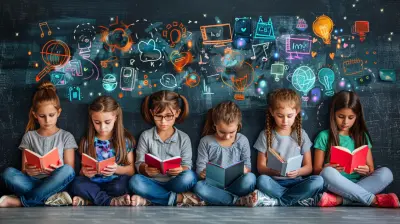
The Importance of Digital Literacy in the Modern World

The Role of Augmented Reality in Interactive Learning

The Role of Open Educational Resources in Lifelong Learning

The Benefits of Teaching Others in Your Lifelong Learning Journey

How to Incorporate STEM Learning into After-School Programs

Fostering Critical Thinking Through Inquiry-Based Learning"

Integrating Technology into Physical Education: Tools for Teachers
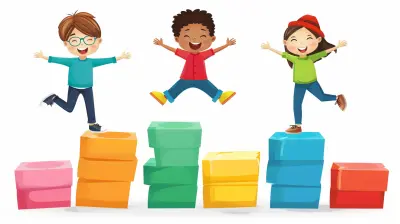
How to Balance Rigor and Fun to Increase Student Participation

How to Assess Your Child's Learning Style for Optimal Outcomes